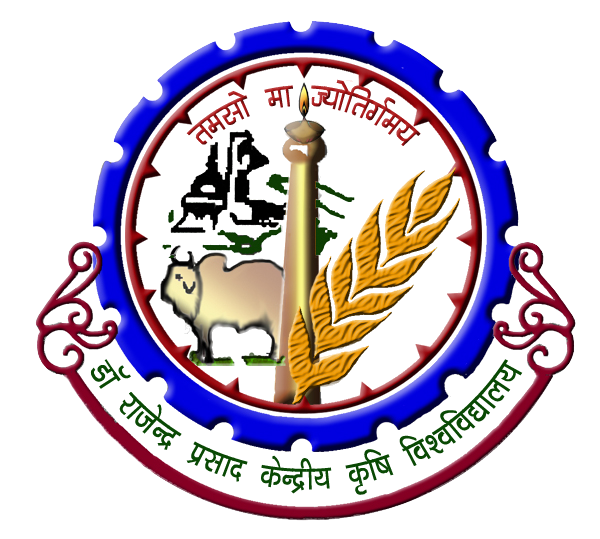LONG TERM EFFECTS OF FERTILIZERS AND ORGANICS ON SOIL HEALTH AND CROP YIELD UNDER RICE- WHEAT CROPPING SYSTEM
- Conjunctive use of inorganic fertilizers with organics sustained/improved the productivity and soil health.
- The effect of chemical fertilizers and organic manure on organic carbon content of soil was significant .
- Continuous application of inorganic fertilizer and organic manure either alone or in combination brought about reduction in bulk density over control.
- Incorporation of compost and crop residue increased the per cent pore space, water holding capacity , soil aggregation, soil penetration resistance, hydraulic conductivity and cation exchange capacity of the soil in the order of compost + crop residue > crop residue > compost > no manure .
- The recycling of crop residues and organic manure affected apparent diffusion co-efficient, activation energy, arrhenius frequency factor and entropy factor considerably.
- Significant build-up of available N, P2O5, K2O and S were recorded with graded doses of fertilizer alone or in combination with compost and crop residue and the contribution in the build-up were in the order : compost + crop residue > compost > crop residue > no manure.
- Incorporation of compost and crop residue also increased the population of bacteria, fungi and actinomycetes and their effectiveness follow the order : compost + crop residue > compost > crop residue > no manure. INM approaches proved its significance in maintaining microbial population their activities, nutrients transformation and enzymatic activities in soil.
- The N, P, K, S, Zn and B uptake by rice and wheat increased with increasing levels of fertilizer either alone or in combination with compost and crop residue.
- Among N- fraction in soil, hexoseamine-N was the most effective followed by NO3– – N in expressing the variation in grain yield and N uptake by rice-wheat.
- Application of compost(10 t ha-1), crop residues (100 %) and combination of both sources increased organic pools of P (Dissolved organic P, Humic matter P and Microbial biomass P) and helped in dissolution of inorganic P ( Al-P and Fe- P).
- Exchange isotherms indicate a considerable increase in K specificity of K for soils treated with compost+ crop residues.
- In Q/I relationship, the parameters AReK, Kl, K0 and Kx were increased with different doses of fertilizers as well as organics and showed (+) ve significant with grain yield and K uptake .
- Sulphate-S, Zn-bound to crystalline oxide and oxide bound-B among S-fractions, Zn-fractions and B-fractions in soil, respectively were most effective in explaining the variation in crop yield and nutrition .
- Improvement in soil health under INM might be due to build up of organic carbon, carbon sequestration, reduction in nutrients movement in lower depth and improvement in quantity of humic substances.

